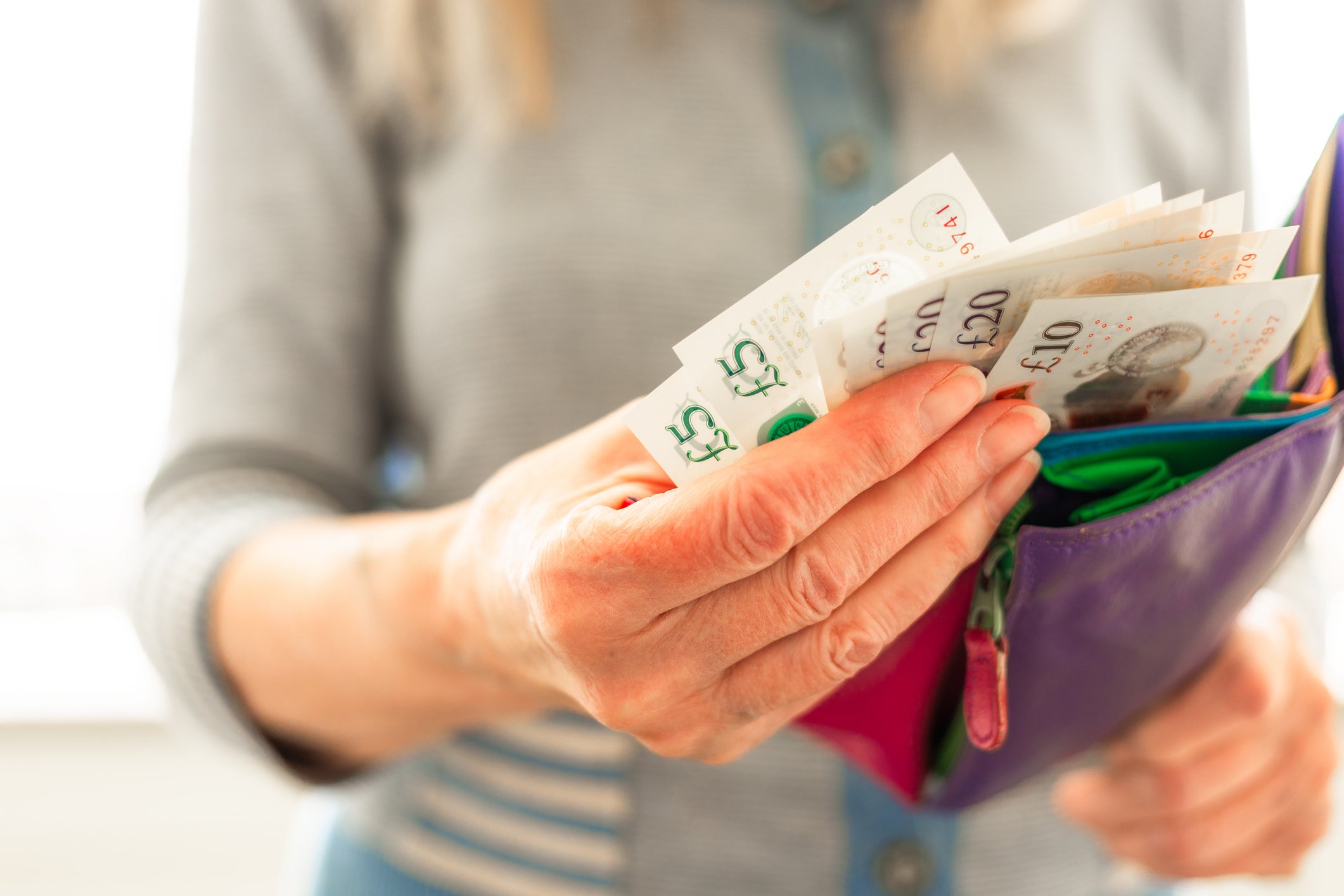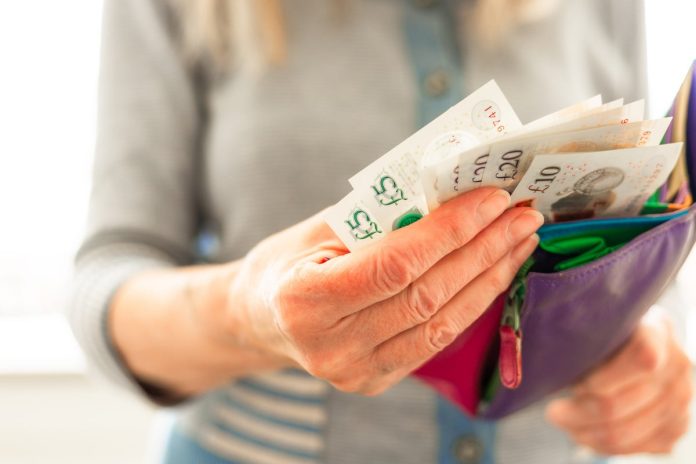A surge in the number of pensioners paying higher tax rates has been revealed, with new figures showing an increase in tax liabilities for those over state pension age.
Around one million pensioners are now paying income tax at the higher 40 per cent rate or above, according to data obtained from HM Revenue and Customs (HMRC). This represents a large increase from just four years ago.
The total number of pensioners paying any income tax has risen by approximately two million between 2021-22 and 2025-26, jumping from 6.7 million to 8.8 million, according to the figures obtained through a Freedom of Information request by former pensions minister, Sir Steve Webb.
Meanwhile, in the same timeframe, the number of pensioners paying the higher rate has doubled. The number of pensioners paying tax at 40 per cent or above has soared from around 494,000 in 2021-22 to approximately 1,028,000 this year. This includes those paying at the higher or additional rate (45 per cent).
Sir Steve Webb, now a partner at pension consultants LCP (Lane Clark & Peacock), points to several contributing factors behind this substantial rise. He highlights the freeze on income tax thresholds, coupled with significant increases in the state pension and other inflation-linked pensions, as key drivers pushing more pensioners into higher tax brackets.
He also highlighted how being a higher rate taxpayer can mean more tax to be paid on other forms of income.

For example, basic rate taxpayers can receive up to £1,000 of interest on savings and not have to pay tax on it, under the annual personal savings allowance, while higher rate taxpayers have a £500 allowance, and for additional rate taxpayers the personal savings allowance is zero.
Sir Steve said that moving up an income tax bracket could also have implications for the amount of capital gains tax some people need to pay.
Looking ahead, Sir Steve said the number of pensioners paying higher rates of tax is poised to increase further as personal allowances and tax thresholds remain frozen.
But he said the rate of increase is likely to be slower than in recent years, as state pension age will be gradually rising from 66 to 67 between 2026 and 2028.
Steve Webb, partner at pension consultants LCP, said: “There has been a significant increase in the number of pensioners paying income tax at all rates, but the rise has been greatest in the numbers paying income tax at the higher rates.
“This has more than doubled from under half a million four years ago to over a million now. Not only does this mean more tax on things like income from state and company pensions, it also means these pensioners are paying more tax on their savings, as their personal savings allowance is cut, and a higher rate of capital gains tax – a ‘triple whammy’.
“The higher rate threshold has become a real cliff-edge over which growing numbers of pensioners are falling.”
Charlene Young, senior pensions and savings expert at AJ Bell, commented: “The nation has fallen victim to the effects of fiscal drag in recent years. Frozen allowances and tax thresholds have pulled more people into the tax system for the first time and hiked the rates of tax people pay as their income rises and they breach a new tax band.
“The government is in a straitjacket thanks to its own fiscal rules, and these figures will bolster the arguments of those calling for state pension reform. The full ‘new’ state pension is close to breaching the tax-free personal allowance, and many pensioners already receive well above this thanks to the way benefits could be built up under the old system.


